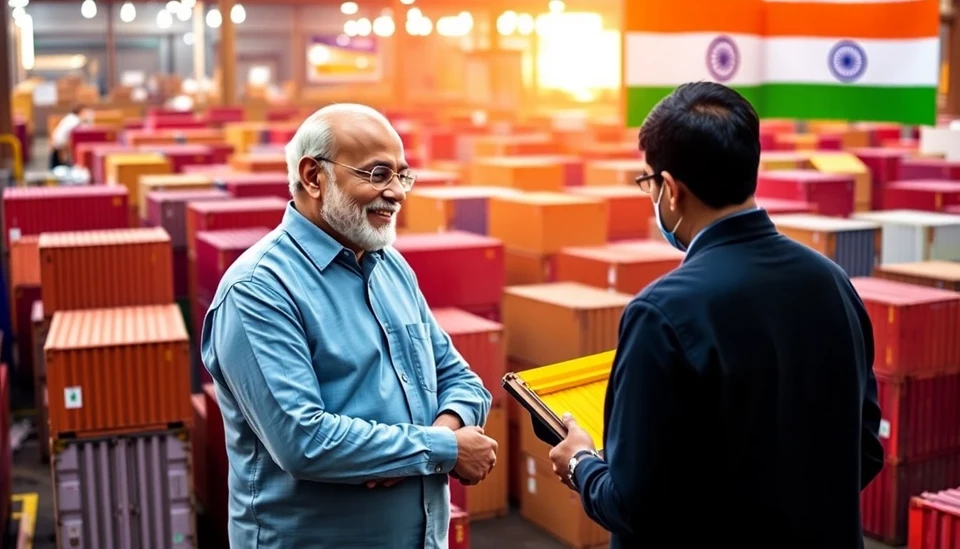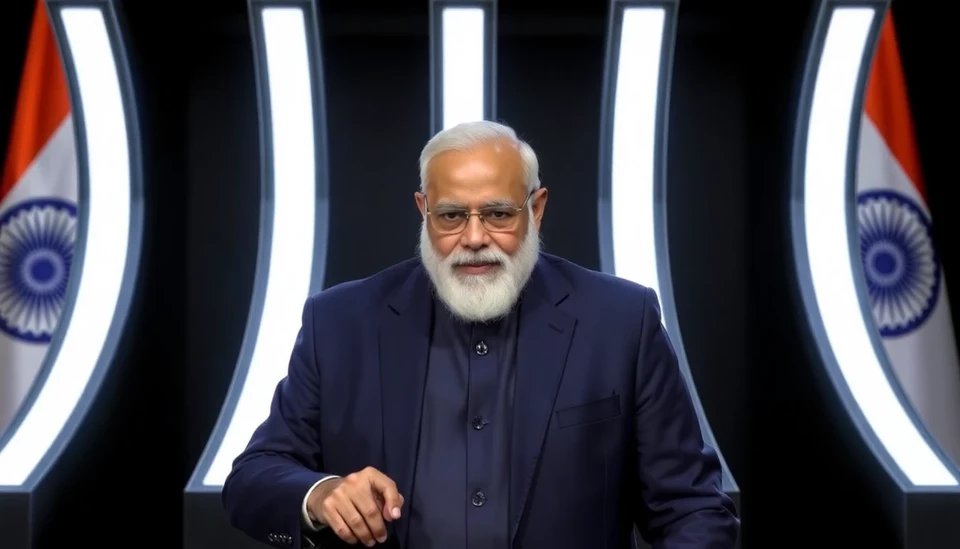
In a significant move aimed at bolstering its manufacturing sector, India has announced a reduction in import tariffs on a variety of goods. This decision is part of the government’s broader strategy to elevate local production capabilities and enhance the export landscape in the wake of economic challenges exacerbated by global disruptions.
The Indian government has strategically decreased tariffs on key materials, such as electronic components, chemicals, and textiles, which are essential inputs for a multitude of domestic industries. By making these items cheaper to import, officials hope to empower local manufacturers to source more affordable raw materials, thereby reducing production costs and increasing competitiveness both in domestic and international markets.
India’s Finance Minister highlighted that this tariff cut is not only aimed at addressing the immediate inflationary pressures caused by the pandemic but also positions the nation favorably in the global supply chain. The government is keen on attracting foreign investment and enhancing the overall manufacturing ecosystem to ensure that local businesses can ramp up production and export capabilities with lower operational costs.
This strategic tariff reduction is expected to yield ripple effects throughout the economy, stimulating job creation and encouraging innovation among manufacturers. The sectors poised to benefit most include electronics, textiles, and automotive parts, which are crucial for India’s aspirations to become a global manufacturing hub.
Critics of the tariff cuts, however, voice concerns over potential harm to domestic industries that may struggle to compete with an influx of imported goods. Nevertheless, government officials are confident that the long-term benefits of this policy will outweigh the short-term challenges, advocating for a balanced approach that promotes growth while protecting the interests of local manufacturers.
In conjunction with the tariff announcements, the Indian government plans to roll out additional support measures, including financial incentives and infrastructure improvements, to further enhance the manufacturing landscape. By focusing on these dual strategies, India aims to solidify its position as a leader in the manufacturing sector on the global stage, driving economic growth and sustainable export increase.
Industry experts remain optimistic about the potential impact of these tariff changes. They believe that reducing the financial burdens on manufacturers can lead to a more vibrant manufacturing sector within India, ultimately leading to a stronger economy and improved trade balances with partner countries.
As the nation navigates the complexities of global trade dynamics and local economic challenges, these tariff adjustments signify a strategic pivot toward greater self-reliance and a commitment to building a robust manufacturing future.
While the immediate results of this policy shift will take time to manifest, the Indian government’s proactive stance has set the stage for a more competitive and resilient manufacturing landscape, crucial for the economy's recovery and growth trajectory.
In conclusion, with these changes, India is positioning itself as a forward-looking nation eager to enhance its manufacturing capabilities, encourage exports, and stabilize its economy in the face of ongoing global challenges.
#India #ImportTariffs #Manufacturing #Exports #Economy #Trade #Finance #LocalBusiness
Author: Rachel Greene




